Keeping Traditions Alive
Here at High Rocks, we’ve been quite busy with the Berea Folk Arts and Culture Workshop Series the past few weeks. Our Local Foods team, with our paid high school ‘growers’, have been helping to facilitate this series which focuses on preserving and teaching about food traditions in Appalachian culture. We’ve already had a maple workshop, a trout to table one, a ramps-digging workshop, and one focused on value-added foods with many more to come like our morel mushroom hunting workshop, seed to skillet, campfire cooking, etc…. Since our ‘growers’ have been helping out on the farm and with these workshops, they’ve been compiling reviews of each one. So, in their own words, here’s how they’ve been liking it:
Maple Magic 3/19
Maple Magic was an event hosted at the Yew Mountain Center in Hillsboro, West Virginia. The event was part of the Mountain State Maple Days in West Virginia. The Yew Mountain Center was one of the locations on the list for the Mountain State Maple Days, there they were giving tours of their setup and had things for people to purchase if they wished. Their setup consisted of 135 maple trees, tapped with lines flowing from each individual tree into one main line, that flowed into a container where the sap water was collected. From there they would take the sap water to the place where their evaporator was located. At the evaporator they would feed a fire with small pieces of wood to keep the fire hot, with the fire being hot the sap water would evaporate and leave only the sugar behind.
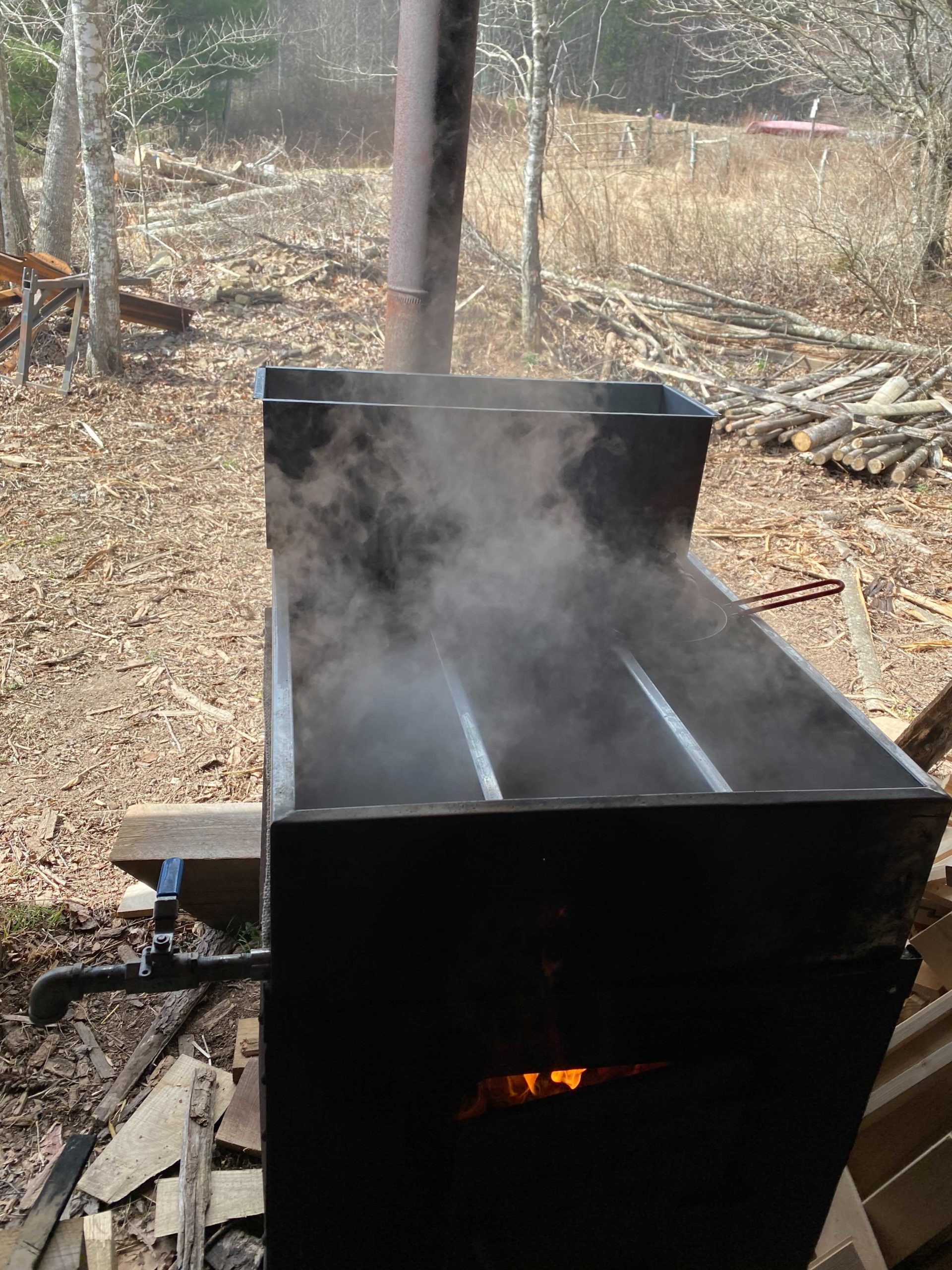
While there, part of the High Rocks local food group helped to serve pancakes and helped to maintain the fire at the evaporator. When everyone arrived at ten o’clock, we started setting up the table that we were going to be serving pancakes throughout the day. The pancakes that we were making and serving that day were buckwheat. Before the event started to pick up pace, the local foods team and the farmhands went on a tour around the Yew Mountain Center. During the tour we saw how they collect the sap from the trees and the tools that they use when setting up an area for tapping. They told us that when it comes down to tapping maple trees, one must find the right tree and then have some way of collecting the sap. Once they find the right tree, they paint them to mark the tree so that they can go back to it later. When it is time to tap the trees, they take a drill bit and drill a little hole just big enough for their taps to fit but not to fall out. After the tap is in, they run a tube from each tree’s tap into the main tube that feeds into a container. They showed us how the tools that they use work and each of the tools’ purpose. After seeing how they collect the sap, we then followed them to where they were boiling the sap. The way that they boil sap to create syrup, was with a big pan on top of a closed rectangular metal box with a door on the front for you to feed the fire. The pan was called an evaporator pan; the pan had two panels that ran parallel with a little open door for the sap to follow through to each side. On top of that pan sat a smaller pan that was full of fresh sap water to heat up and slowly flow into the pan below. The way that they heated the pan was by a fire underneath, that was kept at a hot temperature by steadily putting in small sticks of wood.
After the tour the farmhands went to help with keeping the fire going while the rest of the local foods group went to serve pancakes. We made the pancakes and served them to multiple families that came to the Center. All the families that we served left with happy faces. But it wasn’t only families that we served, we also served many of the people that worked there and the farmhands. Once everything was done and it was time to pack up, we gathered up all of our things. We all went our own ways knowing that we learned something new and made a difference in those people’s day.

Trout to Table 3/26
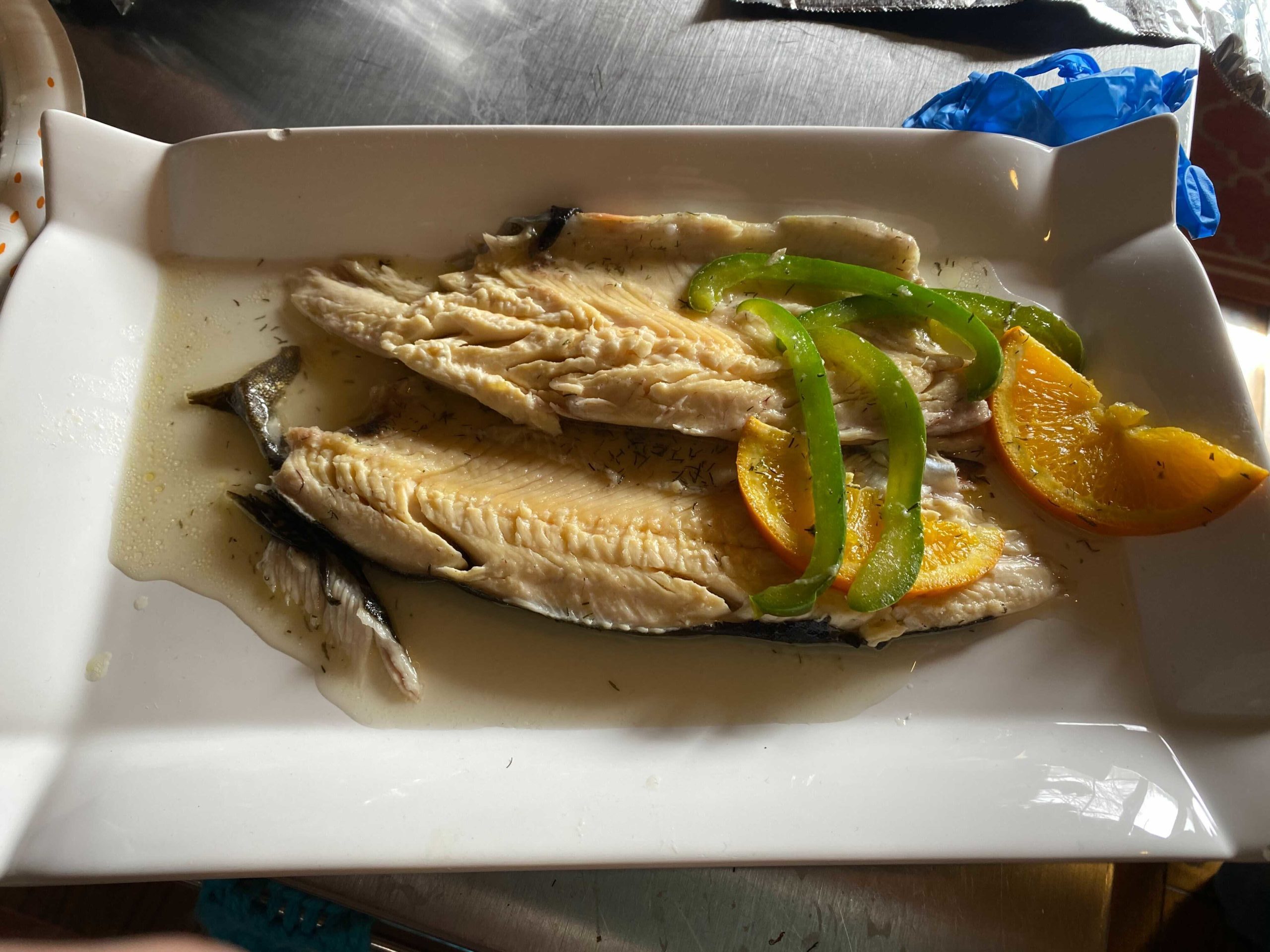
The Trout to Table workshop was where we took trout and cooked them. We took rainbow trout that was already prepared for cooking and were given the choice of two different recipes to choose from. It started out with Mark, one of the owners of the trout lodge, showing us how to clean the fish. After cleaning the fish, they had fish for each of the participants. They had two different recipes for each of them to choose from. After preparing the fish it was time to cook. It cooked for 15 minutes in the oven. After it was cooked and ready Mark showed us how to separate the meat from the bones. The experience was amazing and informative. At the Trout to Table workshop, we helped cut vegetables and get stuff ready for people, so they could stuff their fish how they wanted. We also got to watch Mark clean a fish. It was amazing, it was a good experience. At the trout to table workshop, we got to watch and learn how to prepare the trout before stuffing and cooking it. Along with that, we cut the vegetables that they put in their trout. I thought it was an amazing experience. We stuffed our own trout and got to eat it or take it home.

Ramp Up at High Rocks 4/2
Last weekend at High Rocks we held Ramp up at High Rocks, we prepared and cooked ramps in two different dishes. The first being ramps and potatoes. We cleaned the ramps and prepared the potatoes by cutting them up. The second dish was a ramp quiche which we made with eggs, mushrooms, broccoli, onions, and ramps. Overall, this was a great experience and was very informative.
Last weekend we had a ramp workshop, where we cut ramps, onions, mushrooms, and broccoli. We also cut up potatoes. We mixed the ramps, onions, and potatoes in a pan and fried them. It tasted pretty good. We also made a quiche. It tasted okay, but it was an experience for us.
Last weekend we had another workshop called Ramp up at High Rocks. I got to help cook and get stuff ready for people to eat and try out. We also went out a couple of days before Saturday and got some ramps for that workshop.
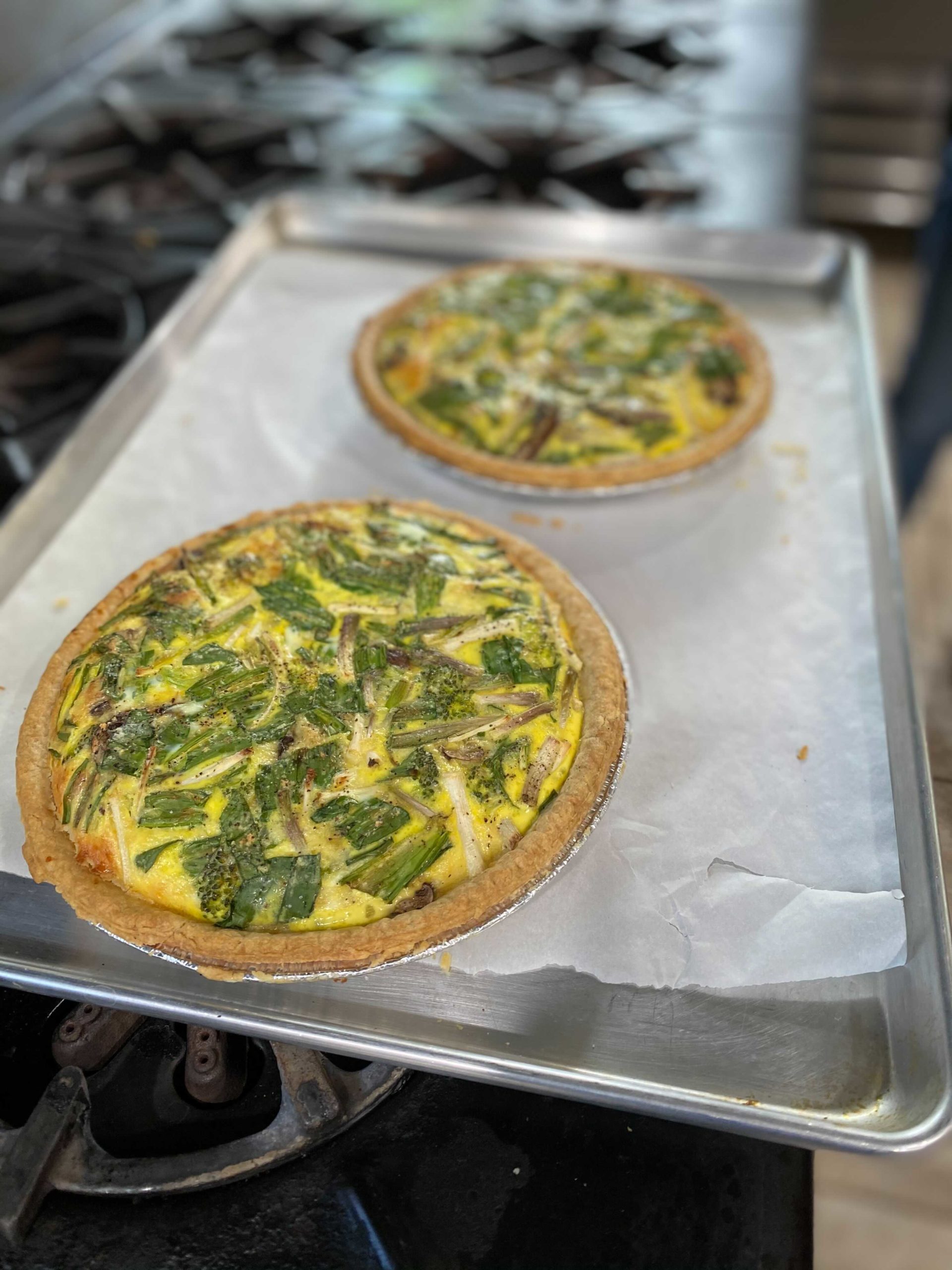
Value Added Foods: Ramp Salt and Pesto 4/9
Our most recent workshop was ‘Value Added Products’ where we learned about adding to your foods to increase their value and stretch their usefulness. We did this with the ramps we dug last week. After dehydrating the ramps leaves for a week, we had a cook come in to High Rocks and show us some cool things to do with ramps. We processed the dried ramps into a powder with a food processor. Then we mixed the ramps with pink Himalayan salt with a 2:1 ratio. We also made ramp pesto with olive oil, walnuts, and parmesan cheese in the food processor. We passed it around for everyone to get a taste. Some people were very excited to taste it, but some people did not appreciate the pungent smell of the ramps. Everyone had a good time though and learned a lot about taking a crop and adding value to it.

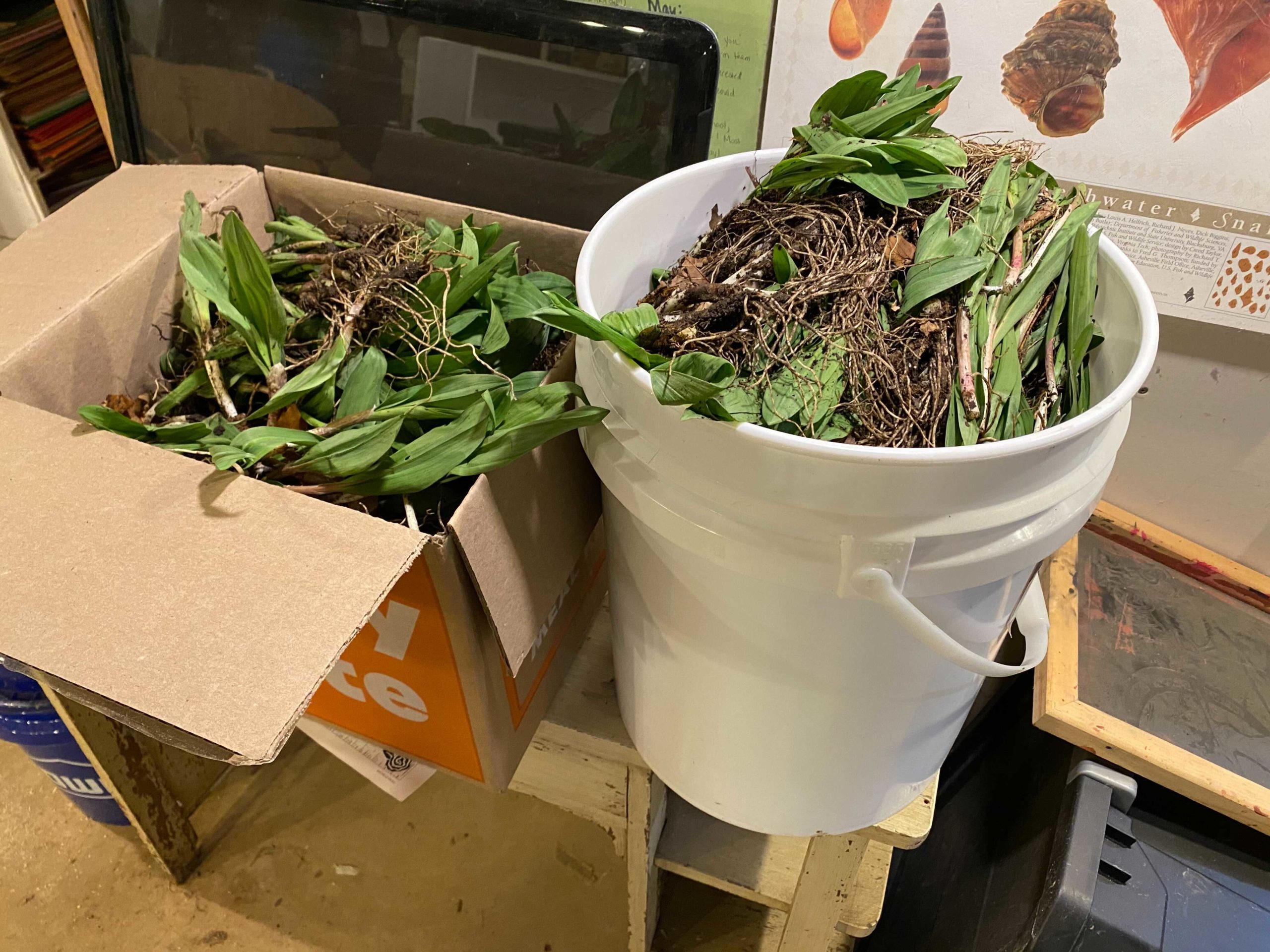

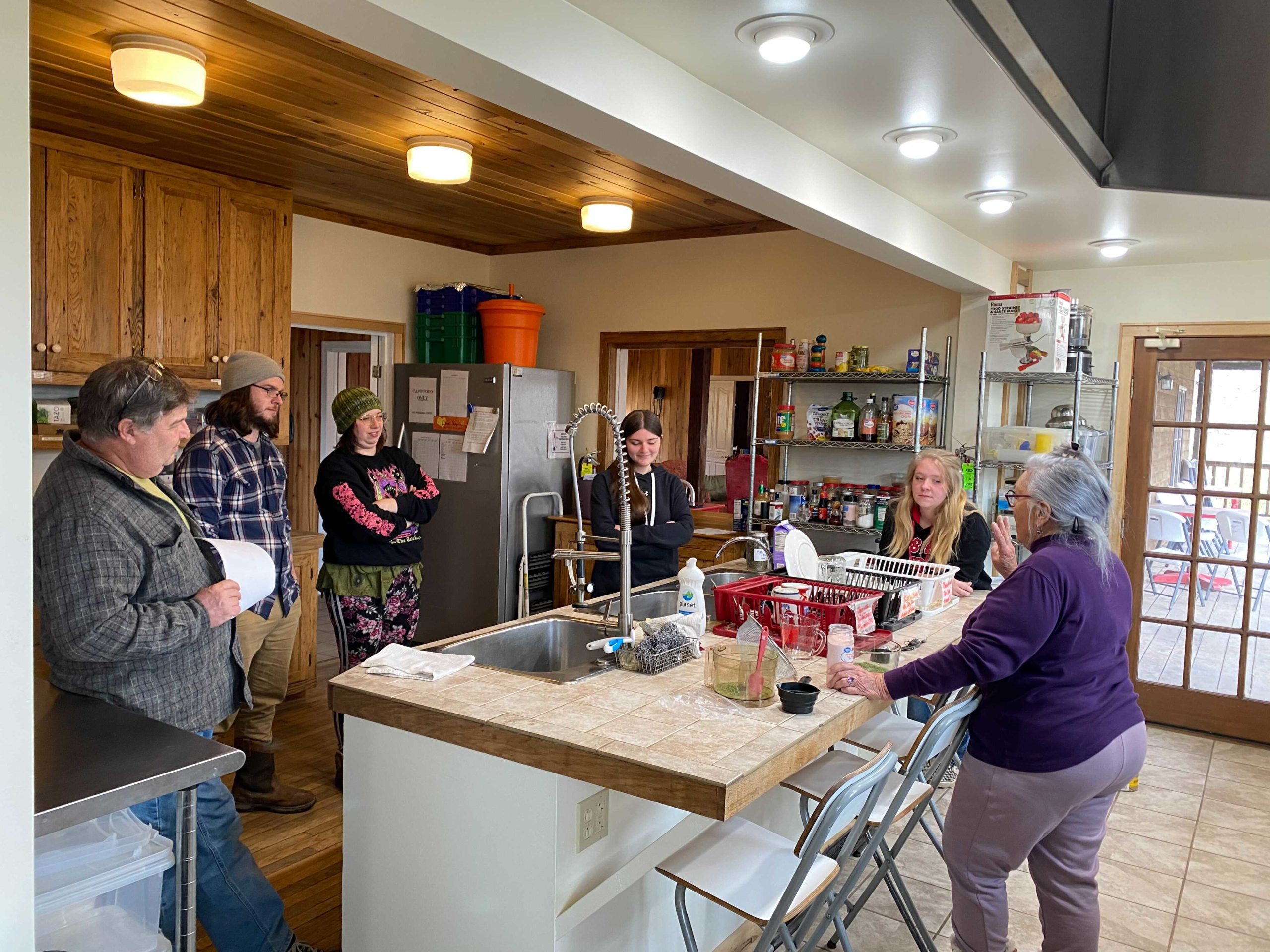

Leave A Comment